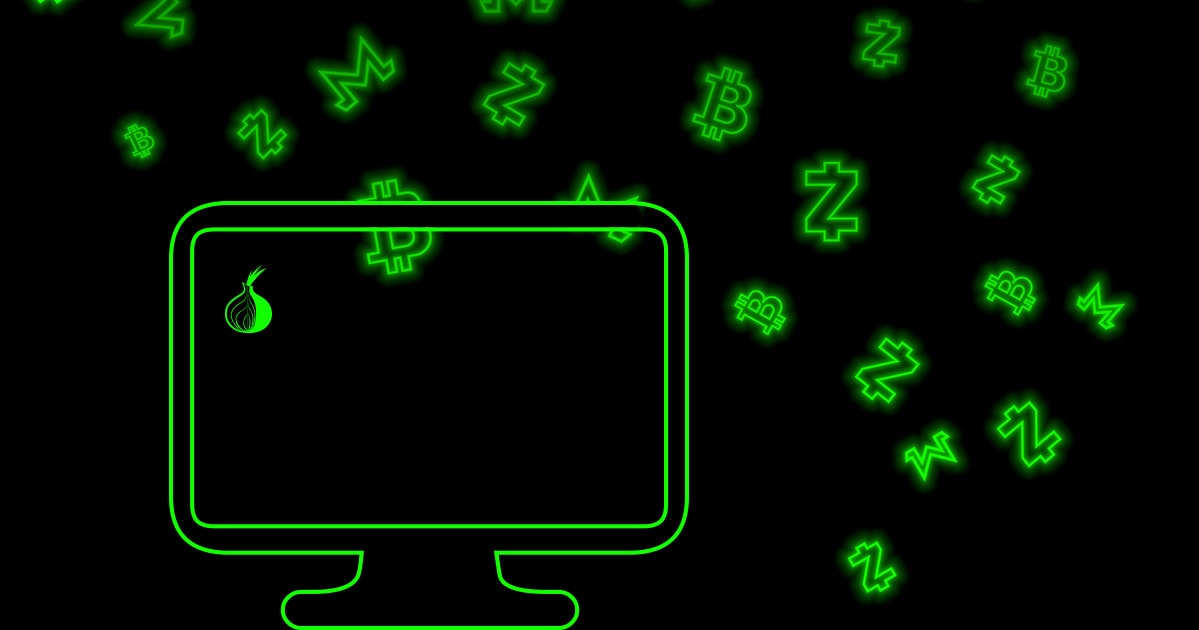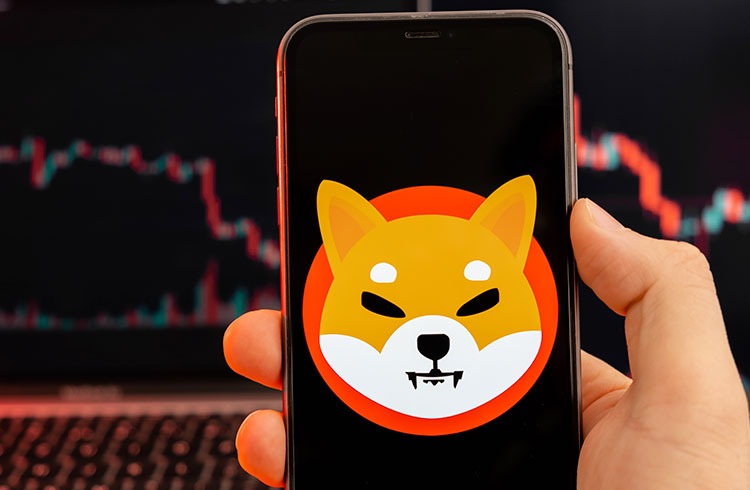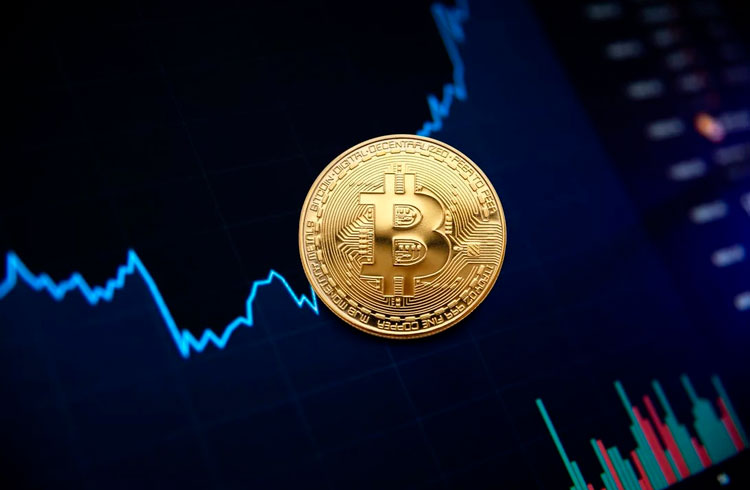As a pseudonymous means of payment in the dark corners of the Internet, BTC has achieved worldwide fame. Meanwhile, the crypto space is actively trying to fight the cliché from the times of the Silk Road. But how much crypto is actually still in the Darknet today? And is BTC still the number one digital means of payment for drugs, weapons and other illegal goods? We looked around.
Thanks to television series such as the German Netflix success “How to Sell Drugs Online (Fast)”, the image of BTC and cryptocurrencies in general has always been associated with the dark corners of the Internet – as a means of payment for illegal goods such as drugs, weapons, identity cards , Credit cards and services such as prostitution or even contract killings in the so-called Darknet.
It’s a cliché that has prevailed since the beginning of reporting on BTC and Co. – and one that still holds a lot of truth today, even though Bitcoiners don’t want to hear that. Because the to this day unknown Satoshi Nakamoto did not invent BTC as a darknet currency when he published the white paper on his crypto currency in 2008. It should be years before the Darknet marketplace veteran Silk Road went live, which BTC then misappropriated.
The beginnings of darknet trading
Almost three years after the BTC whitepaper, Texan Ross Ulbricht went live on Silk Road and thus laid the foundation for what we understand today as darknet marketplaces: a trading platform for all those who hide unnoticed from the eyes of the judiciary and wanted to exchange services, goods and goods of all kinds.
The name was based on the Silk Road, the ancient trade route that once linked Europe with the Far East – and on which the plague found its way to Europe in addition to the trade in silk, spices and other goods.
But back to Ulbricht: In order to ensure the anonymity of buyers and sellers, he secured his digital black market twice. On the one hand, Silk Road was only accessible via the so-called Tor browser, a network for anonymizing connection data based on the idea of onion routing. This in turn ensures that content is routed back and forth via constantly changing nodes, which reliably disguise the tracking of the IP addresses of the sender and recipient. A technology that is still used today for access to the unregulated places on the Internet.
Silk Road and its competitors
On the other hand, Ulbricht relied under his pseudonym Dread Pirate Roberts – an allusion to the cult film “The Prince’s Bride” (1987) – on the then young and still quite unknown crypto currency BTC (exchange rate at that time: 0.29 to 4.28 US dollars ) to process payment transactions and not rely on easily identifiable methods like credit card transfers.
The plan worked: Silk Road advanced thanks to its good reputation as a safe and anonymous haven for illegal business – among other things a blog report Gawker earned the marketplace this reputation – quickly becoming the largest marketplace in the Darknet: By the time the platform was closed in October 2013, the “Amazon of the Darknet” is estimated to have turned over around 1.2 billion US dollars. At that time, a large part of the money went to drugs such as cocaine, speed, cannabis, heroin and others – that has not changed to this day, although the marketplaces will be called differently in 2021.
One difference: the offer on Silk Road at the time and its biggest competitor at the time Black Market Reloaded was significantly larger. In addition to weapons of all kinds, contents of sexual abuse of minors, contract killings, stolen credit cards (information), forged passports, ID cards and driver’s licenses and much more were more freely available – probably one of the reasons for the relatively rapid action taken by the authorities.
The Darknet in 2021: BTC or Monero?
How things went on with Silk Road and its inventor Ross Ulbricht, to what extent the product range of the darknet marketplaces has changed in 2021 and which cryptocurrencies are now being used in the darkest corners of the network – you can find out all this in the cover story of the new issue of our magazine Kryptokompass .
How to Trade on Binance (2021)
- Bitcoin Whales Cash In Millions Amid Recent Rally - November 20, 2024
- Hidden Pattern on XRP Charts Suggests a 500% Surge – Is It Finally Moon O’Clock? - November 20, 2024
- $PNUT Up 325% In 7 Days, Heading To New Record – Will This New Altcoin Be The Next Hot Deal? - November 19, 2024
























